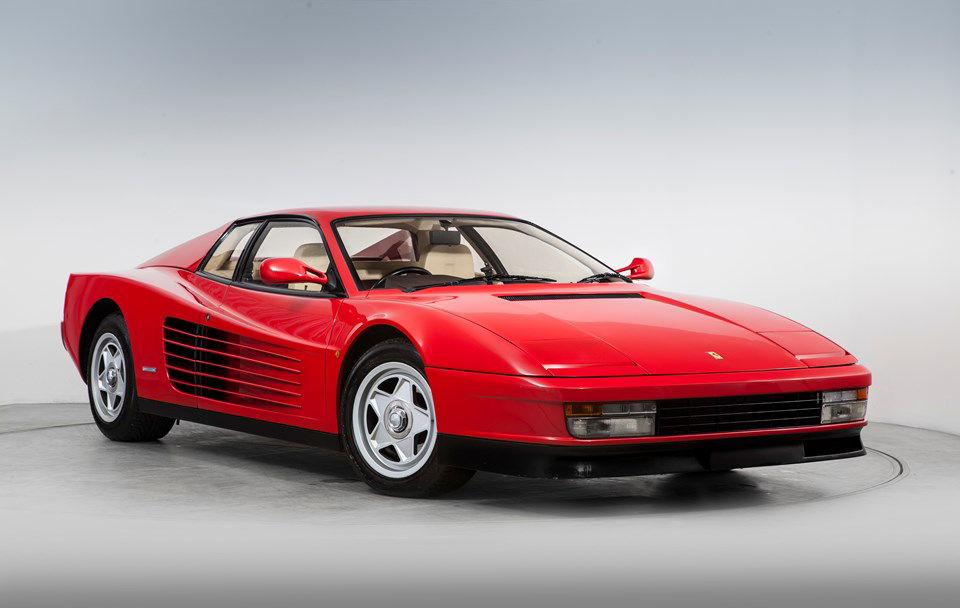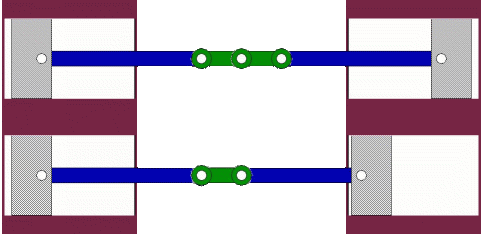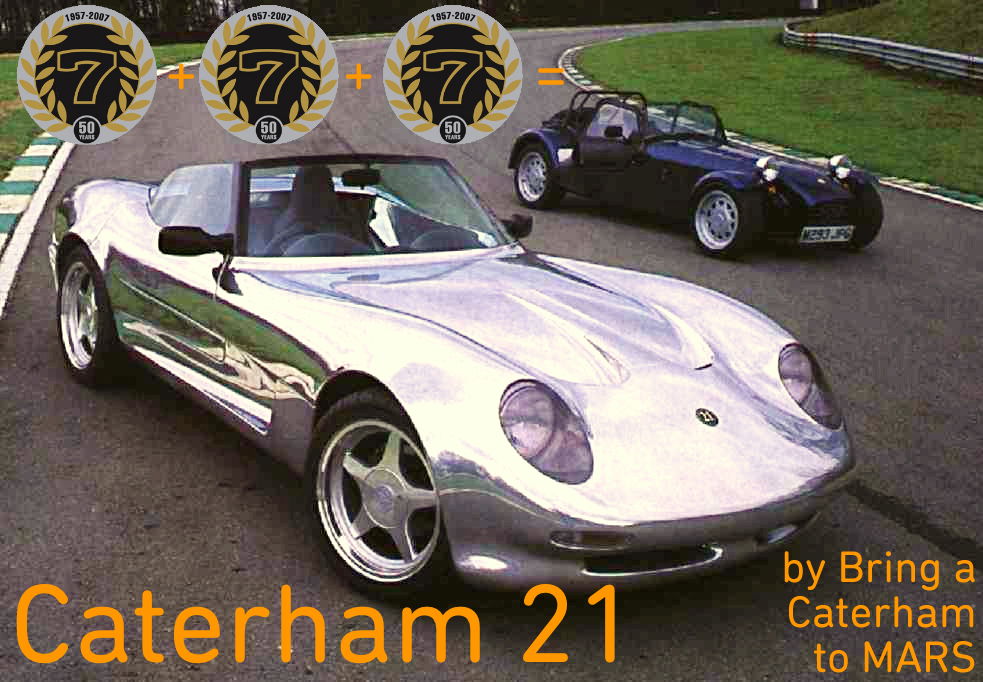Here's Why Ferrari's Old 'Flat-12' Isn't Exactly A Flat-12 At All

If you’re a keen watcher of automotive content on YouTube, you may have recently stumbled upon Doug Demuro’s review of the oh-so-eighties Ferrari Testarossa. While going about his usual business of discovering the wonderful quirks of the car in question, he happened to mention that the Testarossa featured a V12 engine, leading to some arguments in the comments. After all, it’s a flat-12, isn’t it? Well, not quite. While the car’s engine is often referred to as a flat-12, it is technically correct to call it a V12.
Although the pistons in the Testarossa’s 12-cylinder are horizontally opposed, the engine isn’t what the automotive world classifies as a flat or boxer engine. To investigate the differences, let’s first take a look at the specific mechanical aspects of the Ferrari powertrain.

The Ferrari ‘flat-12’ is actually a 180-degree V12. Using the engine block shared with the 312B and 312PB racers and multiple components from the Tipo 251 60-degree Colombo V12, this horizontal engine was found in the Ferrari 365 GT4, 512/512i and the aforementioned Testarossa. Manufactured in 4.4 and 4.9-litre form, this series of engine peaked at 428bhp in the Ferrari 512 TR M.
The difference between this engine and a boxer comes down to the crankpins. In the Ferrari, each set of opposing pistons share a crankpin, compared to the individual crankpin layout of a boxer. This means that each opposing piston reaches top dead centre (TDC) while its opposing piston reaches bottom dead centre (BDC), essentially forming a tug-of-war between them.
Proper boxer engines can be found powering the likes of Porsches and Subarus, creating a wonderful burble. The mechanical layout of a boxer engine dictates that each piston has its own individual crankpin.
This means each set of pistons reaches TDC and BDC at the same time and this equality in reciprocation leads to the primary and secondary forces of the engine being fully balanced. This makes for a smooth-running powerplant and a light crankshaft can be used without the need for counterweights, producing a faster-revving engine. As with Ferrari’s ‘flattened V12’, the layout also means that an engine can be mounted nice and low within an engine bay, lowering the centre of gravity and improving handling.

Unfortunately, the bosses at Maranello made this whole V12/flat-12 thing more complicated by using the name ‘Berlinetta Boxer’ for the 365 GT4 and 512/512i, even though the boxer term was technically incorrect. So, it is easy to see where the confusion and corresponding arguments come from.

Comments
Real engines have curves ;)
Complete the sequence:
Flat V4
Flat V6
Flat VR6
Flat V8
Flat 16
Flat v10
Flat I4
Flat Straight-6
Flat I5
Flat I3
Flat W16
All the over hang in the world and they couldn’t make a 12 cylinder boxer.
I was going to write about this Michael Fernie but you did it for me.
Subaru did it before it was cool (it was crap but still)
it’s italian so ofcouerse it is complicated and has weird Engineering ;)
Ok, but that doesn’t make it a v12, it still makes it a flat 12. Just not a boxer 12.
The engine of a porsche 917 also isn’t a boxer engine, like the testarossa, it’s also a 180°V 12.
Michael Fernie
Just because it isn’t a boxer doesn’t mean it’s not a flat 12.
A 180-degree V12 is still a flat-12, just not a boxer. In fact very few flat-12’s actually have a boxer configuration. The only one I can think of is the 1990 Subaru/Motori Moderni Formula One engine.
In short: Flat-12 is the overarching term referring to a flat twelve cylinder engine. Boxer-12 or 180° V12 is just a specific kind of flat-12. Just like a flat-plane and a cross-plane V8 both share the same layout, but are fundamentally different in crankshaft design. You won’t say a flat-plane V8 isn’t really a V8 would you?
It’s still a flat 12, just not a boxer.
That’s like saying all Ferrari V8s are actually inline 4s because of their flat plane crankshaft.
Pagination